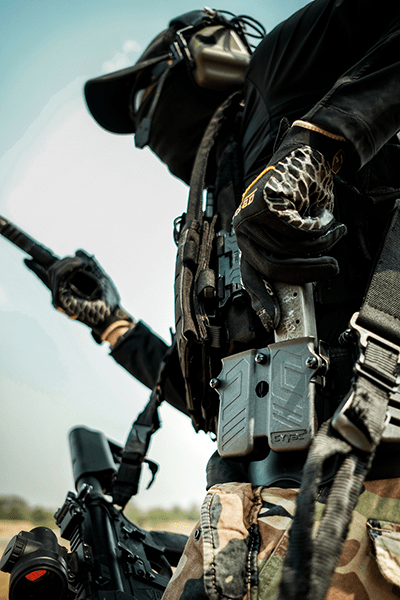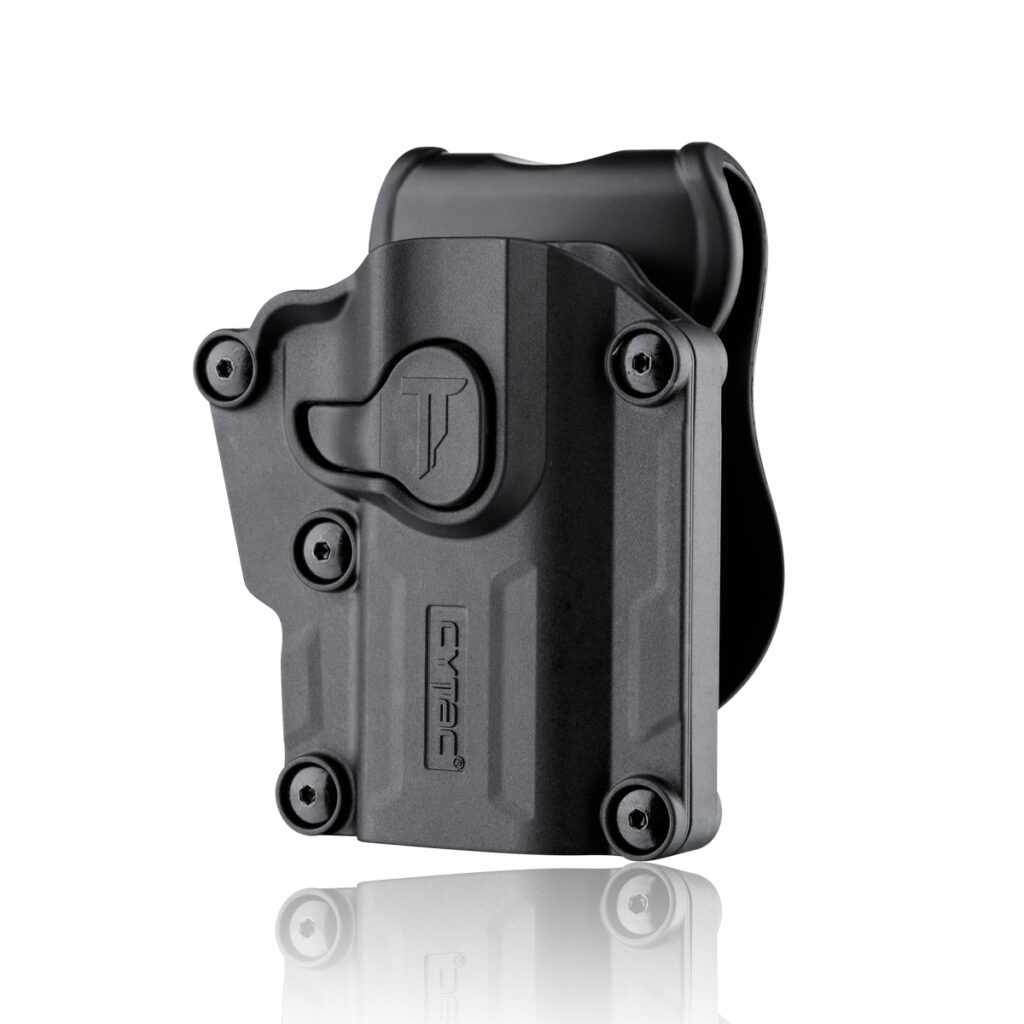8 Handgun Triggers & Actions (Comprehensive Guide)
Many people want to know the difference between various triggers and action types when they start to reach on their first handguns. Handgun triggers is what makes the gun go bang when pressed. They are quite straightforward. However, the different handgun design, internal mechanisms, and contrasting hammers make distinct handgun triggers in configurations, trigger types, and trigger feels. Whereas action means how a breech-loaded weapon loads, locks, fires, extracts, and ejects cartridges when the trigger is pulled.
Different action types are used for divergent purposes. For example, break-action or single-shot bolt action is preferred in hunting or targeting activities. In this post, we will delve into several common handgun triggers and firearm actions.
Single Action (SA) Trigger
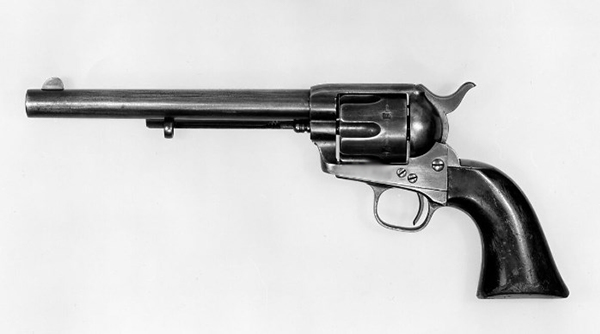
Single-actions appear in revolvers, semi-automatic pistols, and most long arms like rifles and shotguns. Single-action revolvers must be manually cocked with the thumb before it fires, thus, it gets the nickname “thumb buster”.
It enables the firearm to discharge when the trigger is pulled. However, as the single action trigger has only one function – releasing the hammer or striker, a gun like the typical Old West revolver Colt Single Action Army requires manual cocking of the hammer before you can fire each shot.
However, a semi-automatic single action firearm, including shotguns, rifles, and pistols, only need to cock the hammer or striker once when firing the first shot. The subsequent shots cock the hammer or striker automatically with the reciprocation action, meanwhile eject spent cartridges and load rounds automatically.
In terms of weight, a single-action trigger is usually lighter and crisper than other trigger actions. As such, single-action guns always have a manual safety or thumb-operated hammer to prevent negligent discharges.
Examples:
- Colt M1911 pistols
- Browning High Power
- Ruger Mark III
- Ruger Blackhawk
- Colt Single Action Army
Double Action (DA) Trigger
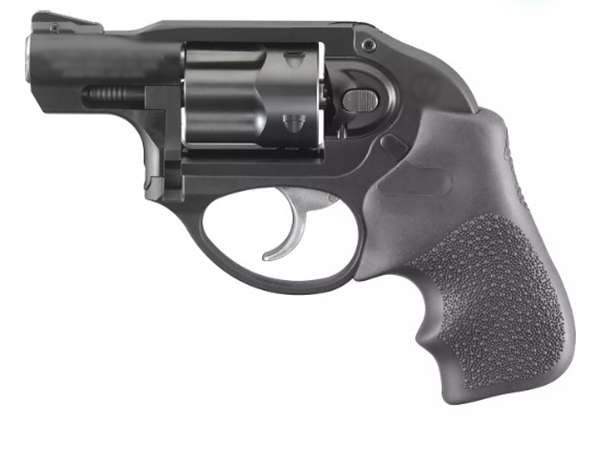
Double action generally involves revolvers and semi-automatics. As its name implies, double actions mainly perform two jobs: pull the trigger to cock the hammer and allow it to fall forward striking the firing pin. Compared with Single-action firearms, double actions greatly improve the mechanics and categorizing and the trigger pull is more heavier and longer. For example, DA revolver triggers weigh in at 12 lbs. or more, whereas pistol trigger in the same class weigh in 6 lbs. to 9lbs. You can fire a DA revolver by simply pressing the trigger or manually cocking the hammer and enjoy a short and crisp trigger pull.
DA actions were very popular among police officers as “service revolvers” in the 20th century.
Examples:
- Smith & Wesson J, K, L, N, X Frames
- Smith & Wesson Model 29
- Colt Python
- Colt Model 1878
- Kahr PM9
- Ruger LCR
- Walther P99C
- Taurus CIA Model 650
Double Action/ Single Action (DA/ SA) Trigger
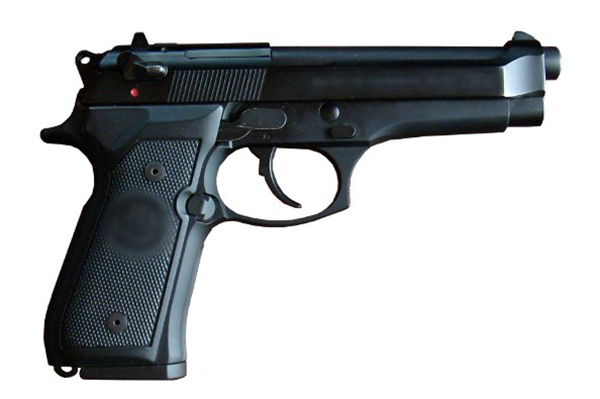
A more flexible and user-friendly configuration is Double Action/ Single Action trigger. As the name shows, DA/ SA trigger generally means semi-automatic handguns that offer both DA and SA mechanisms so shooters can flexibly fire with either the longer and heavier Double-action trigger pull or the shorter and lighter Single-action trigger pull according to their preferences. With the DA/ SA trigger, shooter feel every pull longer and heavier unless switch to the single-action trigger mode and manually cock the hammer each time.
Semi-automatics with DA/ SA triggers provide several different control configurations: hammers with or without spurs or have thumb safety levers or not. DA/ SA pistols were very popular for military and law enforcement use during the last two decades of the 20th century. If you choose a DA/ SA pistol, you need to mater both trigger pulls.
If you carry a chambered DA/ SA pistol in safe, hammer-down, and decocked condition, your very first shot will be a long and heavy pull, while the succeeding shots will be short, light, and crisp SA trigger break. New or inexperienced shooters may feel challenging to operate.
Examples:
- Beretta 92
- Walther P99
- Sig Sauer P226
- CZ 75 series
Striker-Fired (SF) Trigger
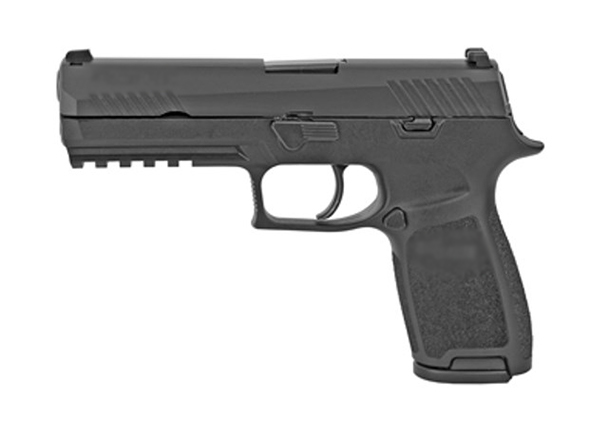
Glock produces the most popular striker-fired pistols by far. Unlike other striker-fired pistols, here Glock has no external hammer or manual safety, but relies on three internal passive safeties to be defeated before it can be fired.
The internal striker or firing pin assembly includes a loaded chamber, battery slide, firing pin, spacer sleeve, firing pin spring, and a pair of retainer clips under partial spring tension and restrained by a spring-loaded firing pin safety. When the trigger is properly pressed, the striker will be cocked and released to fire a round.
The absolute predominance of internal striker design is that no external hammer snags on your clothing and debris, dirt, or mud is less likely to enter the action.
Many handguns, rifles, and shotguns are striker-fired triggers, especially the Glock series.
Examples:
- Glock family
- Sig Sauer P320/ P365
- Smith & Wesson M&P models
- Springfield XD models
- Beretta APX
- Taurus G3c
- Walther PDP and PPQ series
There is no better pistol holster than Cytac Mega-Fit Holster (Item No.: CY-UHFS) in terms of compatible triggers and action types. This universal index-releasing holster fits over 150 popular pistols with Single Action triggers, Double Action/ Single Action triggers, and Striker-Fired triggers, such as:
Colt 1911(3”, 4”, 5”), Browning Hi-Power 640/3D, Beretta 92/APX, Sig Sauer P226/P320/P365, CZ 75 SP-01 Shadow, Glock 17/19/45, Smith & Wesson M&P, Springfield XD/XD-S/XD-M, Walther PPQ (M1, M2, M3), etc.
On top of that, other features are also eye-catching. It works with 10 different carrying platforms (like Paddle, Belt Loop, MOLLE, Low Ride Belt Loop, Drop Leg Platform, Single/ Double Shoulder Harness, etc.) and supports tension adjustment. It also offers different color options – FDE, OD green, black, and transparent.
If you are interested in it, please kindly contact our sales team for more information.
Bolt-action
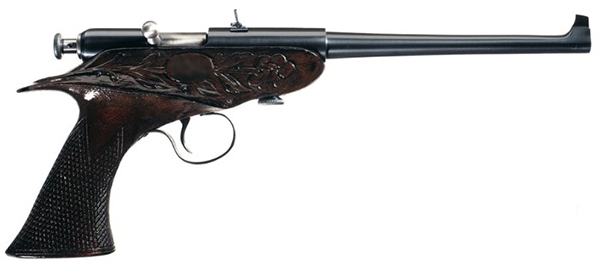
Handguns, pistols, and rifles with bolt action triggers require manually opening and closing the breech bolt to chamber each cartridge and the well-known Winchester Model 1902 is among this kind.
Lever-action
Most lever actions are rifles, some are shotguns, and a few are pistols. With a lever-action firearm, the shooter ejects and chambers cartridges by handling the linked lever on the underside.
Pump-action
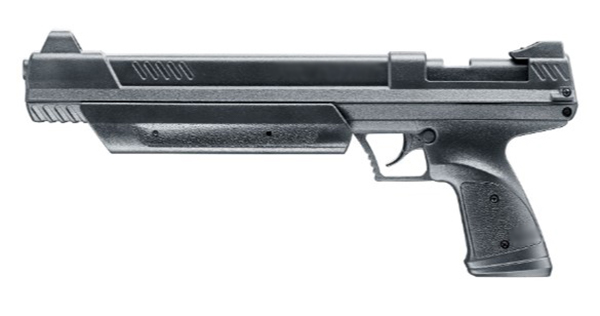
Pump actions are typically found in shotguns, but they are also used in rifles and pistols. Shooters manually slide the grip rearward and forward to eject the empty cartridge and load a new round.
Break-action
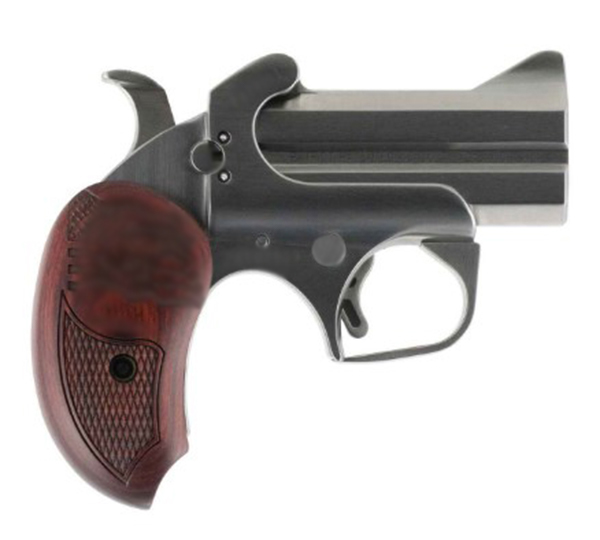
Break actions are universally used in double-barrelled shotguns, combination guns, double-barrelled rifles, single-shot pistols (esp. derringers), and older revolvers. Its barrel is hinged and can be “broken open” to load the rounds. Users hinge open the pistol with a lever or button, separate the barrel from the firing mechanism, and chamber the cartridge.
Words in the End
Most handguns today adopt the above triggers and actions to operate and fire the firearm. Apart from the above trigger types and actions, there are also other less-known pistol actions like eccentric screw action, etc. Having a clear understanding of each trigger and action type will help you maneuver your pistol correctly, giving you a dominance in an emergency.
